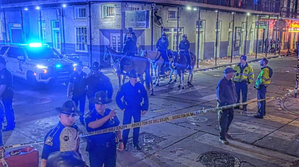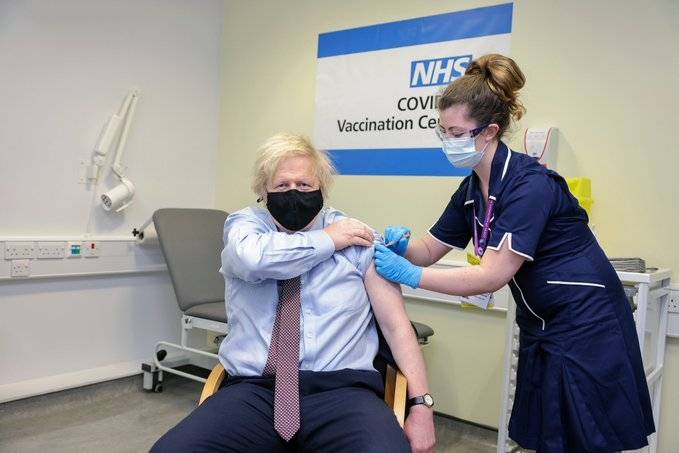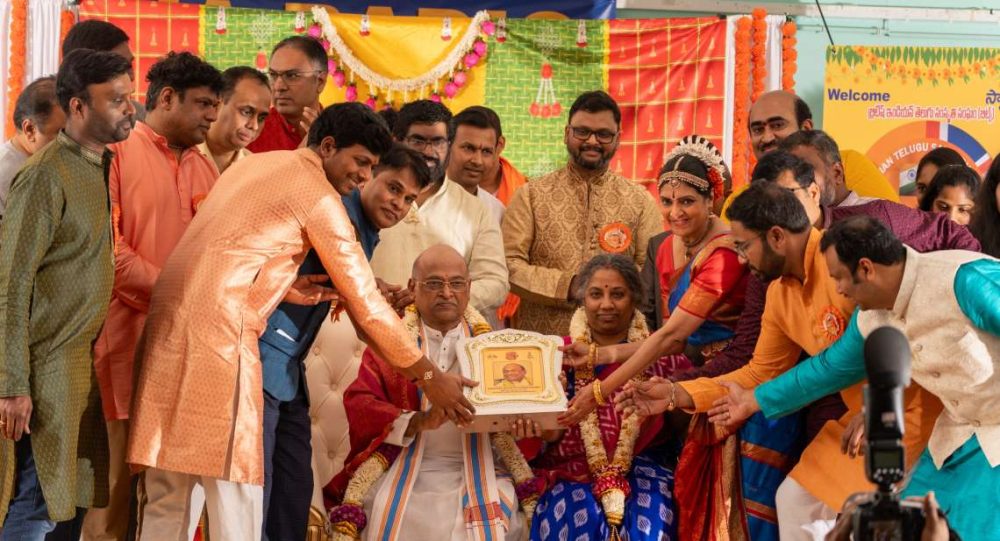A good example of this is Breakthrough’s popular ‘Bell Bajao’ or ‘Ring The Bell’ campaign from 2008, which showed men and boys stepping up and ringing the bell to interrupt when they overheard domestic violence behind closed doors…writes Siddhi Jain.
If you saw an act of violence being committed against a woman in a public space, would you step up and intervene? As per data from a recent report by Breakthrough India, 55.3 per cent have observed the discomfort of the woman/girl facing violence, and almost as many have intervened in an incident of violence against women in a public space.
“What I understand by bystander action is, you see something happening to someone and you’re not comfortable with it, it might be overt or not, but at that point of time, speak out or try to come between the perpetrator and victim through some strategic move. Ally with the person going through the suffering,” Sohini Bhattacharya, President and CEO, Breakthrough, explained. A swift and effective action by an onlooker can, then, prevent acts of violence, and possibly injury and even death.

A good example of this is Breakthrough’s popular ‘Bell Bajao’ or ‘Ring The Bell’ campaign from 2008, which showed men and boys stepping up and ringing the bell to interrupt when they overheard domestic violence behind closed doors.
The latest survey on bystander intervention was conducted in states such as Jharkhand (Hazaribagh district), Bihar (Gaya district), Haryana (Jhajjar district), Delhi, Maharashtra (Mumbai), Telangana (Hyderabad) and Kolkata, covering over 721 respondents. Most participants, particularly women, identified violence as a broad term, consisting of physical, mental, verbal, and sexual abuse.
In the survey, 78.4 per cent respondents say that they have experienced violence in public spaces, while almost 7 out of 10 experienced violence in public transport.

Why do people intervene? The survey found that the urge to do the ‘right’ thing often drives bystanders to intervene. A handful of respondents revealed that they were victims of child sexual abuse and domestic violence. But they could not resist their perpetrators at that time. It was this unresolved rage at their own helplessness that pushed them to intervene later in their lives. The respondents also said that better knowledge and awareness about gender issues also helped them intervene.
When it comes to techniques of bystander intervention, the survey revealed some interesting methods: swapping seats with the survivors/victims; giving one’s mobile number to connect later; taking the survivor for medical help; physically escorting someone home when she is being harassed; and employing patriarchal scripts like “Don’t you have a mother and sister?”.
As per Bhattacharya, it is very important to know how to actually intervene, based on the situation’s specific context. “It doesn’t have to direct calling out, always”.

“Often, we think someone else is going to take action, and that stops us from taking action. If more and more people have this urge to do the ‘right thing’, maybe the rates of daily sexual harassment which is often normalised, will come down,” said Bhattacharya.
The survey also reveals that building safer public spaces for women requires work at several structural and systemic levels. An important aspect among them is bystander support. The lack of positive action from bystanders is not just because they do not care. The fear of being blamed for the violence, of getting stuck in police and legal processes are some challenges that stop people. Not knowing what to do in such situations is another hurdle that bystanders often face.
“The survey respondents who have had the experiences of bystander intervention expressed their exasperation at the ‘silence’ of most victims of abuse and sexual violence. A few of the respondents acknowledged the critical role played by structural and social conditioning in influencing female behaviour and choices. They pointed out how girls were taught from childhood to be submissive and not challenge their surroundings, at least not overtly. The silence of the victims often discourages bystander intervention in public spaces,” says Breakthrough.
Also Read-Self defence tips for women














